The most beautiful nature parks in Europe
You need a break from it all. Time to relax and treat yourself well. What better place to do so than a wide, natural area? Europe has many fantastic national parks that are listed as UNESCO World Heritage. Join us to have a look at them!
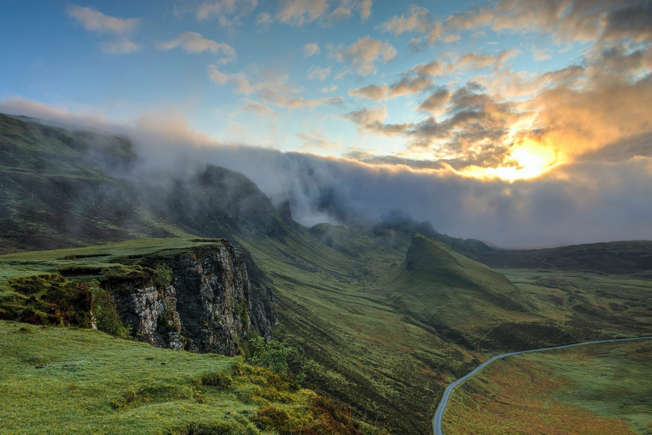
More than just entertainment
Exploring nature offers not only enjoyment but also health benefits. Scientific studies indicate that spending time in the great outdoors contributes to overall well-being and promotes good health.
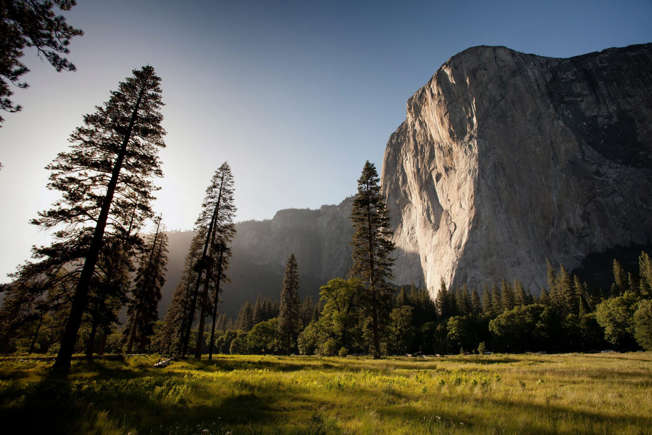
Engaging with nature serves as a beneficial remedy for depression.
Agnes van den Berg, an environmental psychologist, shares with the Dutch newspaper Trouw that concentrating on the beauty of nature swiftly alleviates feelings of depression. This effect is attributed to “soft fascination,” a phenomenon that creates more mental space.
Encounter reduced stress levels
Our daily concerns recede, and our heartbeats become more irregular. While this might seem concerning, it is actually an indication that you are experiencing less stress.

1. The Plitvice Lakes (Croatia)
Situated in Lika-Senj County, Plitvice Lakes National Park has undergone a natural deposition process over thousands of years, shaped by the continuous water flow from the Korana River. This process has resulted in the formation of travertine dams.
[Photo: Woo Hyeon Kim / Unsplash]
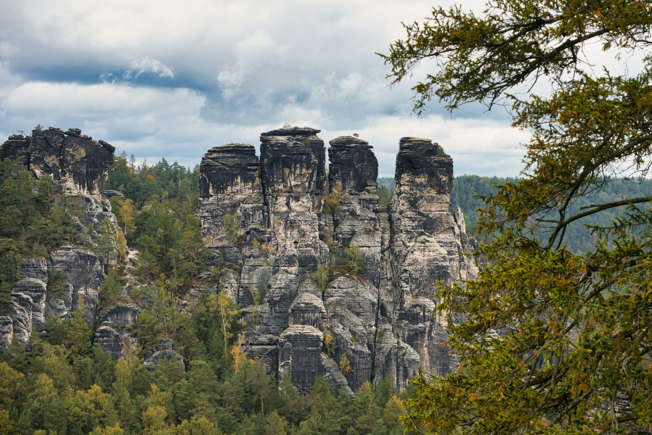
2. Saxon Switzerland National Park (Germany)
Despite its name suggesting otherwise, Saxon Switzerland National Park is situated in the eastern part of Germany, extending into the Czech Republic. Within the park, one can discover dense forests, intricate narrow gorges, striking rock formations, and elevated table mountains.
[Photo: David Hertle / Unsplash]
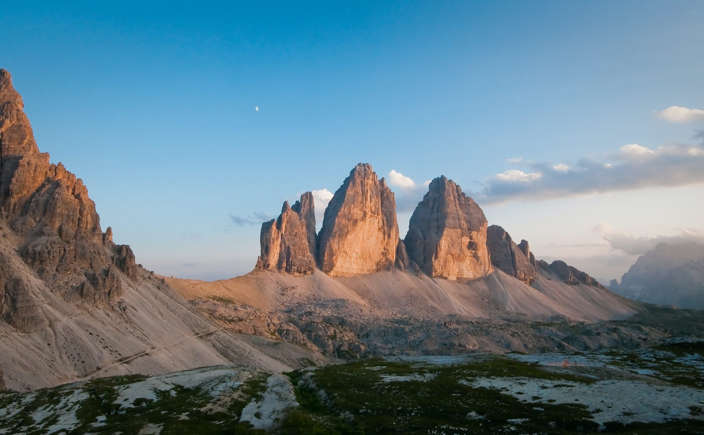
3. The Dolomites (Italy)
The Dolomites, featuring captivating lakes, majestic mountains, rugged peaks, and glaciers, have rightfully earned their place on the World Heritage List. Within this region, you’ll encounter the iconic Tre Cime rock formation, comprising three distinctive peaks.
[Photo: Stefano Bazzoli / Unsplash]

4. The Naeroyfjord (Norway)
Regarded as one of Norway’s most stunning fjords, the Naeroyfjord remains relatively undiscovered. Alongside the Geirangerfjord, it has secured its place on the World Heritage List.
[Photo: Max van den Oetelaar / Unsplash]
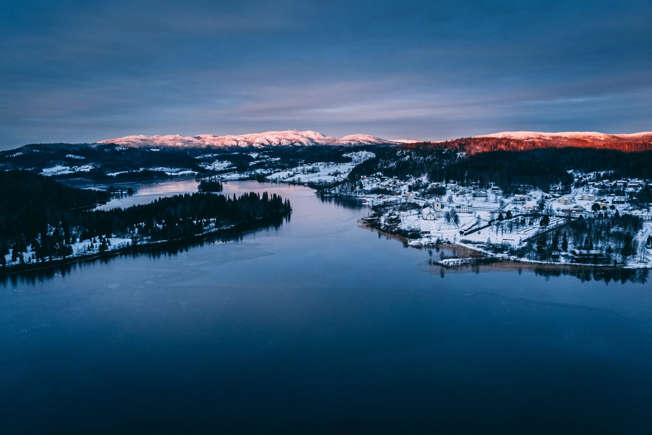
5. Höga Kusten (Sweden)
The Höga Kusten, or ‘High Coast,’ unfolds as a picturesque landscape in the northeastern province of Ångermanland. This coastal stretch, towering at 286 meters, proudly holds the title of the world’s highest coastline.
[Photo: Martin Edholm / Unsplash]

6. Parc National des Pyrénées (France)
The Parc National des Pyrénées, designated as a UNESCO World Heritage Site, graces the Pyrénées-Atlantiques region with its stunning beauty. Encompassing over 45,000 hectares, this park boasts diverse vegetation and majestic peaks reaching 3,000 meters. Hiking enthusiasts can revel in breathtaking views, and the park is home to various animal species, including marmots and birds of prey.
[Photo: Vladan Raznatovic / Unsplash]

7. Stevns Klint (Denmark)
Despite Denmark being renowned for its flat terrains, Stevns Klint, or the Cliffs of Stevns, provides a captivating contrast. Stretching 15 kilometers along the coastline and rising up to 40 meters, these chalk cliffs unveil ancient fossils when exposed during low tide.
[Photo: Levin Kohrt / Unsplash]
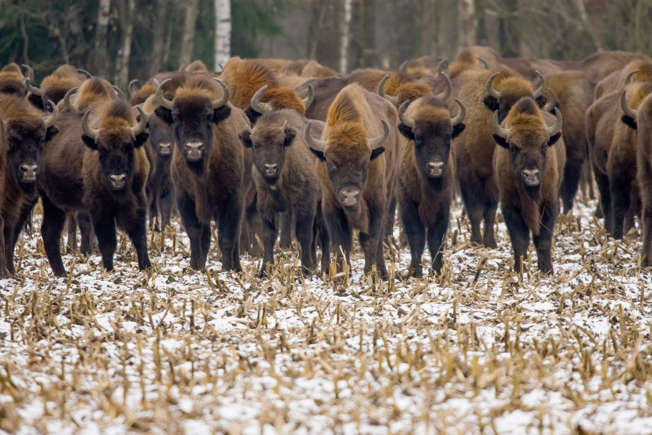
8. Białowieza Forest (Poland)
The Białowieza Forest in Poland stands as an impenetrable primeval woodland adorned with towering trees, wisents, and rare flora, fauna, and fungi. As the oldest national park and reserve in Europe, it has gained renown for its pristine nature and flourishing bison population.
[Photo: Krzysztof Chrostowski / Unsplash]
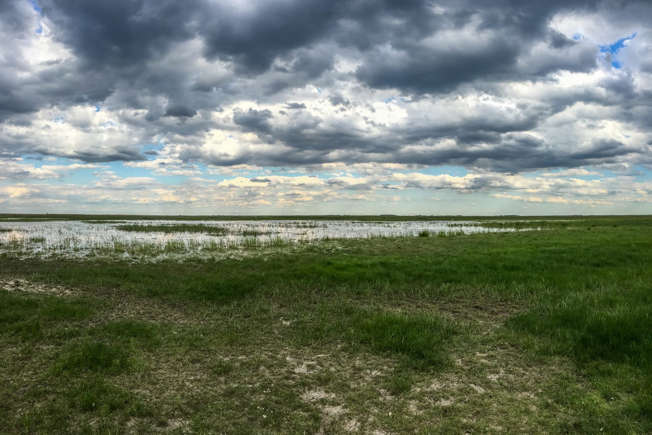
9. Hortobágy National Park (Hungary)
Situated in the eastern part of Hungary, Hortobágy National Park stands as an iconic steppe landscape on the Great Hungarian Plain, captivating bird enthusiasts. The region is predominantly characterized by the expansive puszta, a Hungarian term for a steppe-like area, and open marshes.
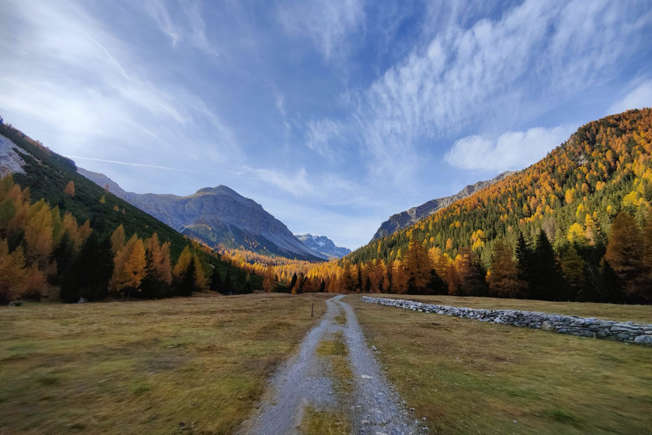
10. Biosfera Engiadina Val Müstair (Switzerland)
The UNESCO Biosfera Engiadina Val Müstair in Switzerland presents a diverse landscape featuring high alpine regions, lively mountain streams, picturesque villages, vibrant meadows, and enchanting forests. This biosphere reserve encompasses the Swiss National Park and the Monastery of St. Johann in Müstair.
[Photo: Silvan Ruf / Unsplash]

GIPHY App Key not set. Please check settings